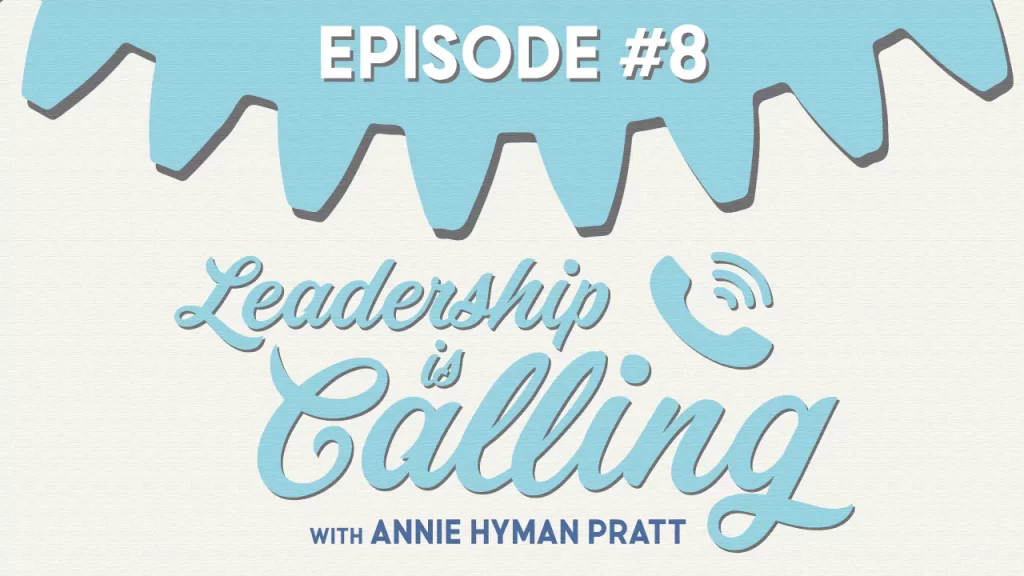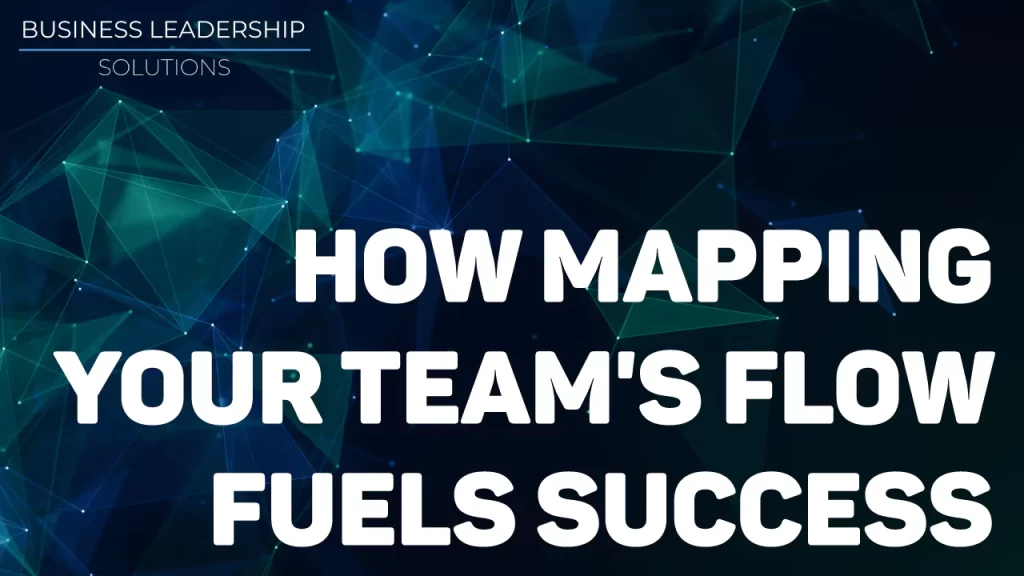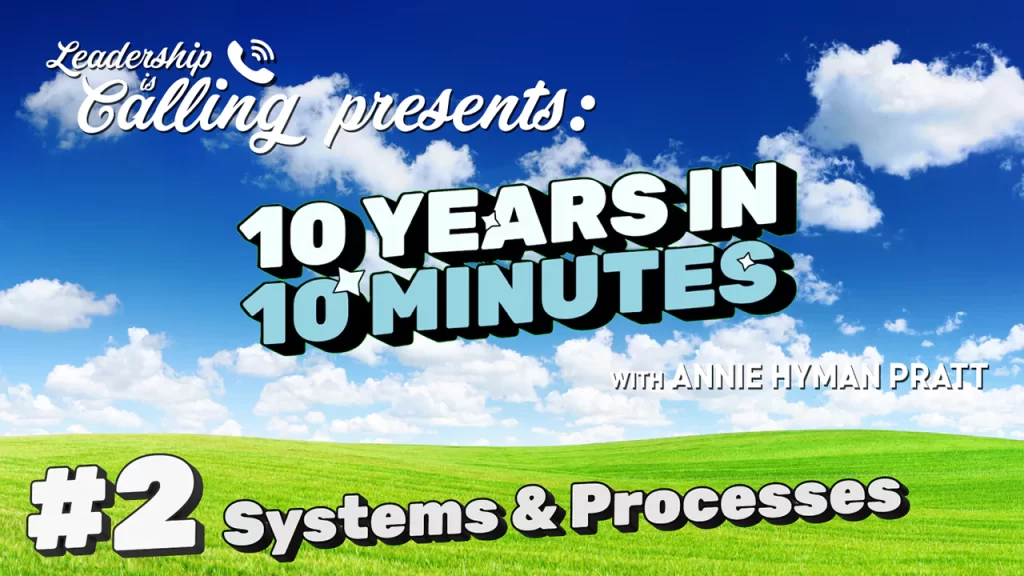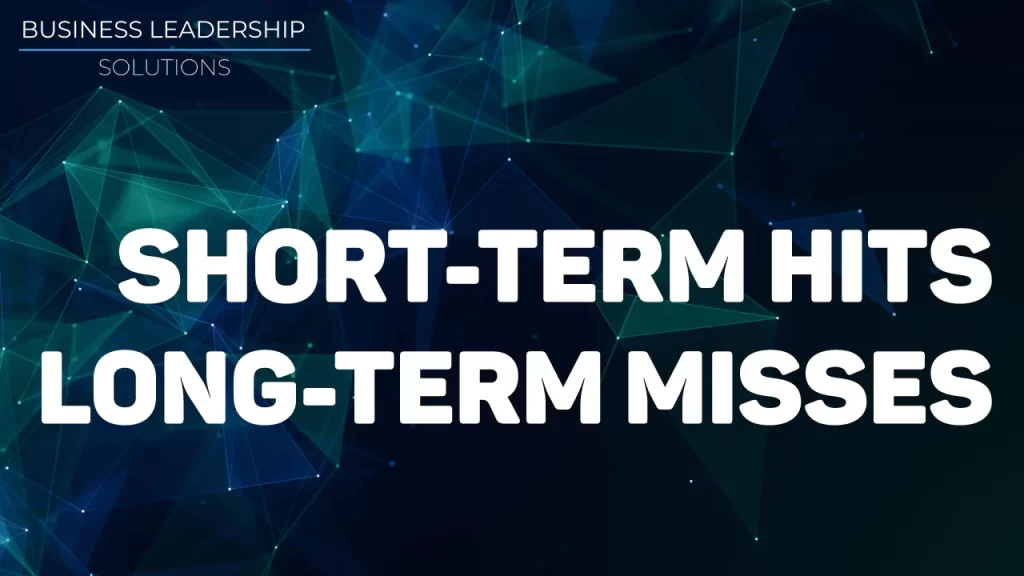Episode #19: How to Break Through the Career Ceiling and Reach Your Full Potential
Leadership is Calling Episode #19, 10 Years in 10 Minutes Series #8
Annie Hyman Pratt
- Description
- Transcript
How to Break Through the Career Ceiling and Reach Your Full Potential
“Interacting with people from a place of blame, judgment, criticism, demands and micromanaging doesn’t work. It backfires.” -Annie
Self-leadership is essential for high performers who want to advance their careers. When you are able to lead yourself effectively, you are better able to manage stress, handle challenges, and interact with others in a positive way.
Annie explains that often talented professionals and leaders reach a career ceiling where they stop progressing. This is not due to a lack of skills, but rather how they respond under stress and pressure. When challenged, they resort to criticism, blame and demands which damages relationships. To break through, they need to develop self-leadership abilities – staying calm, responsive and handling problems effectively even when stressed. Mastering these mindsets and skills to interact positively and thrive under pressure is key to reaching your full potential. Investing in self-leadership can help professionals breakthrough career plateaus.
Learn how top professionals hit career ceilings and how to break through to reach your full potential. Key mindsets and skills to master.
Key Points
- Professionals hit career ceilings when work gets more demanding and their leadership skills haven’t kept pace.
- They resort to blaming, criticism and demands which backfires and damages relationships.
- Self-leadership under stress is key – staying calm, responsive and handling problems effectively.
- Worth investing time to build mindsets and skills to thrive under pressure and interact positively.
Related Resources
More information: Self-Leadership
Articles: Leadership Under Pressure | How to Navigate the Unknown in Challenging Times
Downloadable Worksheet: The CCORE Empowerment Process
Auto-Generated Transcript – unedited version
How to Break Through the Career Ceiling and Reach Your Full Potential
Hi Everyone. It’s Annie. I’m here with another ten years and 10 minutes talk. It’s where I give you the benefit of things that took me ten years to really learn. And I want to get you the value in 10 minutes.
So today we’re going to talk about leaders and team members, you know, experts and professionals who hit a ceiling in their careers. The ceiling is where you know, they can’t keep progressing. It’s like they either can’t get a promotion. They can’t take on a lot more responsibility. They are starting to get critical feedback from their superiors. Maybe they’re getting a bit of a reputation session as not being a you know, as a star, a performer as they used to be.
I get brought in to coach these kinds of leaders and team members all the time. In fact, for a while I was known as the coach who could coach them, and I kept that reputation until my clients figured it out. There are some people who are coachable. Luckily, there’s so many more that actually are coachable and I learned a few things that are actually quite fascinating to me that have made a big difference in how I have pursued my work and what I teach.
And it has to do with the fact that when these leaders hit a ceiling in their career, it’s never going to tell you never because they lack skills or competence or critical thinking or doing a you know, completing projects, getting new clients. They’re all great. What they are not good at universally, what they’re not good at and why I get brought in is because the way they show up and the way they interact with their own team members is a problem earlier in their careers.
It’s not a problem. It’s like everybody overlooks the, you know, the people that might be brusk or maybe very demanding or critical or something like that when they’re delivering a lot of value to the organization. Like maybe they have some really big clients or they’re just extraordinary at the skill that they have. They really sought after. All that stuff is awesome and it matters a lot to the organization.
But at some point that’s not the only thing that matters. Because when you are progressing in your career with the company needs from you is to keep bringing more value, keep bringing. I would say it’s like more value and less takeaway is with you. And the thing about team members, leaders who don’t have a good strong self leadership, which I’m going to talk about and they don’t do relationships well, particularly under stress and challenge, meaning they often are extremely confronting, very critical.
They can be highly demanding at the extreme. These are the people who can create a toxic workplace. I’m sure everybody has heard that term, especially lately. So the thing is, that’s not the only selfish leadership problem people have. There’s also the other side of the polarity, which is people who are under stress and challenge, they also don’t interact and show up well because they go completely the other way.
They hide like you can’t find them, they can’t resolve things, they won’t confront people. They are, you know, they have things just pile up more and more on their plates and and and their performance starts to tank. Those issues are all about something that we call self leadership. And it’s basically how you show up, how you relate to, to your role, to your job, to your environment, to your other team members.
When you’re under stress and challenge. And that is the thing to like most, know that this is we’re not talking about just how, you know, people like to cruise through easy days. We are talking about how you show up when you’re progressing in your role. The stakes are getting higher. People are your clients and are more demanding. Right?
The projects are more difficult. All of that. How do you show up so that you still interact well with others? You still are taking the most effective steps towards getting results. Let me give you an example of a leader that I worked with recently that is very, very typical for how people hit a ceiling. I worked with a leader who is incredibly talented and has a very large book of business.
He does big, big client projects and he has a great team. He’s extraordinary at what he does. But I get called in because he’s getting the reputation for being too demanding, too controlling, for getting upset at people too quickly, for being critical and blaming when things go wrong. So we all might be thinking that, well, when you’re really great, not a lot of things should go wrong.
Okay. So let me tell you, that’s never the case because we’re just not that in control. And the thing is, when you have a lot of high stakes work, you have to plan that lots of things are going to not go according to plan, that there are going to be problems. And it’s how you respond to them that is going to be the big make or break issue.
So this leader had a habit of responding with demands, criticism, blame, upset, you know, micromanaging all of that. And it was getting worse and worse. In fact, this leader was getting a reputation as being somebody who people were saying, I don’t want to work on that. Leaders ‘ jobs assign me to somebody else. Okay. So that is a very clear description of the cost, right?
Like what if you what if you knew that what you were doing was just not going to get the result? And this is ultimately how I work with these leaders because it’s like they’re thinking, but I need to get this job done and I need to get it done now. And if I don’t, I’m going to have an unhappy client.
And if I have an unhappy client, they’re not going to give me work next time. And maybe they’ll ask for a discount this time. All kinds of issues that these leaders are worried about, for sure, for sure. Okay.
So here’s the thing. Interacting with people from a place of blame, judgment, criticism, demands micromanaging. It doesn’t work. It backfires. Not only do you not get the result you need, but now you’ve created additional problems that you need to repair or resolve. And so what we need from these leaders is that they are able to pause when they get triggered to know, wait a minute, this isn’t going to work. You know, I’ve already tried it this way.
You know, a thousand times. It’s kind of that definition of insanity where you keep doing the same thing and expect a different result. So we as humans, we do keep doing the same thing because we’re hardwired to because at that moment we are reacting. We’re not responding. We are reacting to a situation. And that ultimately is the ceiling that professionals and leaders and team members, great contributors, hit in their careers.
It’s like if we don’t get you to really get skilled and competent in how you respond, how you interact with people, how you handle change, stress, challenges, problems, we have to get you into a place where you handle those well. And it’s not easy, frankly. It’s if it were easy, these leaders would already be doing it. But what I want you to know is it’s worth it and it is the problem.
So it’s the thing where if you want more results, if you want your business to grow, if you want to get promoted in your role, move on to bigger and better things. The biggest, biggest thing you’ll need to improve is how you are under stress, pressure and challenge and how you interact with others while you’re there.
So that’s what I wanted to share about what took me ten years to learn and I hope these 10 minutes were helpful and you start working on your self leadership.





















